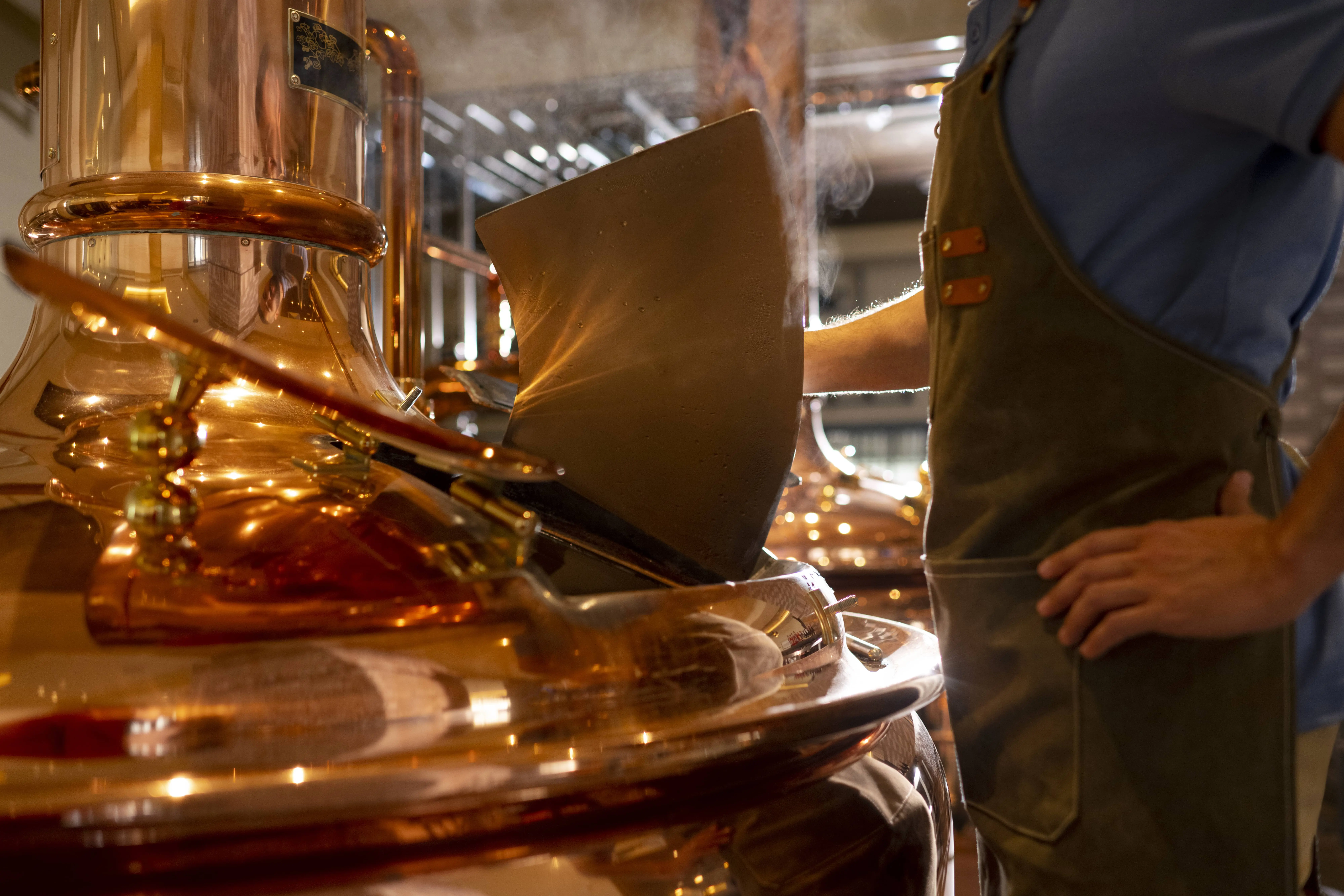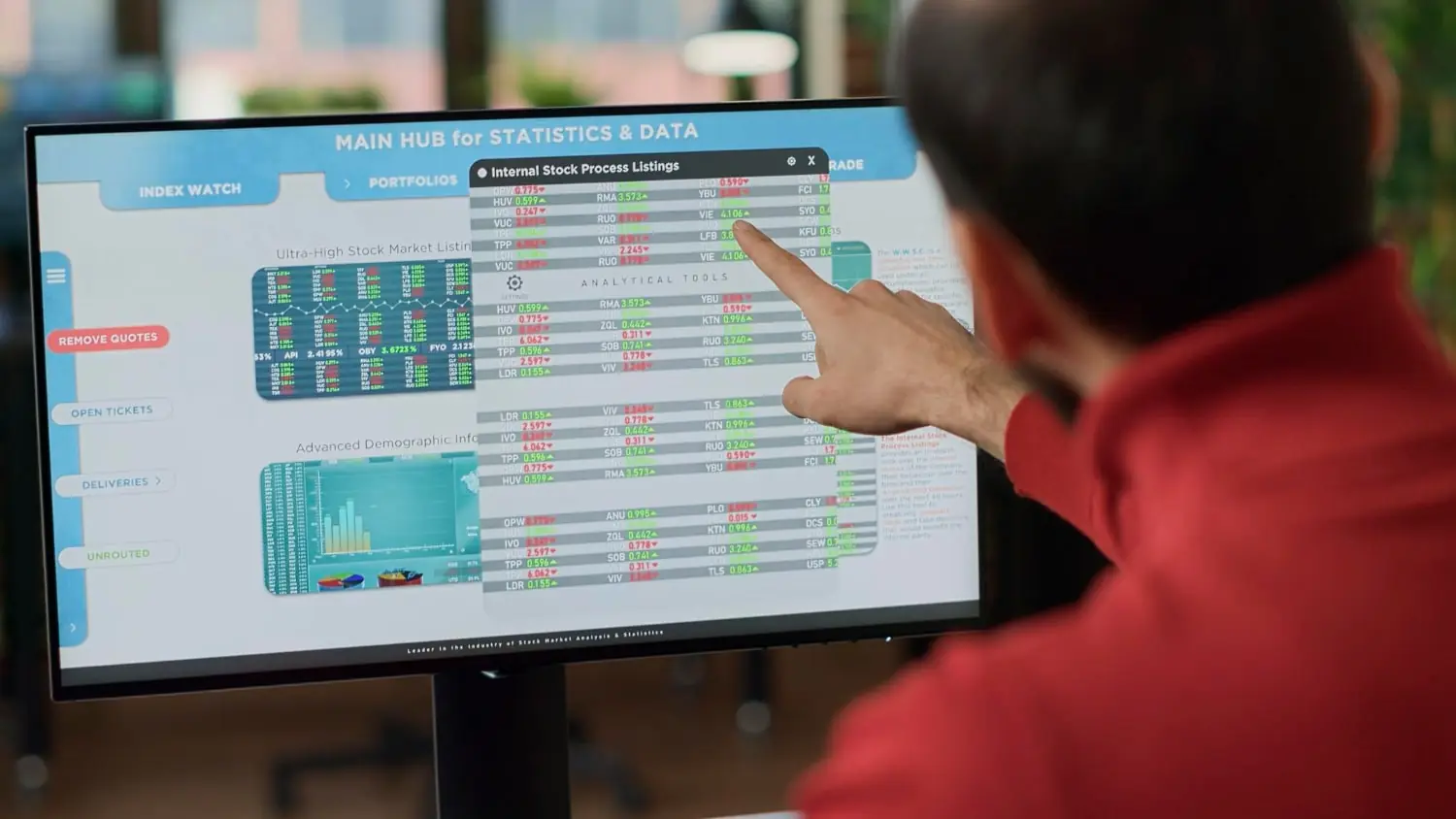Running a successful business means mastering its supply chain and inventory processes. And yet, in an industry where growth has begun to slow, these two closely related pieces continue to be among the most significant pain points for anyone looking to grow and optimize their distillery business.
Distillery inventory management, in particular, can quickly become a challenge. The production cycle’s complexity, stringent regulations, and precise tracking needs—not to mention potential supply chain complications—can all contribute to decreasing efficiencies and, ultimately, profitability. Only a strategic approach can help distilleries succeed in this demanding environment.
Fortunately, these challenges are far from impossible to overcome. You just have to know where to start building a more proactive and comprehensive inventory management effort. This guide can help you identify your core challenges and find strategic solutions explicitly designed to overcome them.
4 Key Challenges of Distillery Inventory Management
As any distiller knows, running a distillery is unlike almost every other business. Particularly in the inventory realm, you’ll face challenges that are unlike even most other craft beverage makers. It’s crucial to identify exactly what these challenges involve in order to build intentional strategies designed to overcome them.
Challenge #1: Complex Production Cycles
This challenge is obvious if you’re already running a distillery, but it’s still worth mentioning: the process of producing distilled beverages is immensely complex. Take whiskey as an example, which requires six basic steps:
- Malting, or using an enzyme to turn the grain’s starches into sugar.
- Mashing, or removing the sugars from the grain.
- Fermentation, during which the sugars are converted to alcohol.
- Distillation, increasing the alcohol content of the mash.
- Maturation, aging the whiskey in barrels to improve its flavor.
- Bottling, a complex process in its own right to maintain the whiskey’s purity.
Different types of whiskey will require adjustments in these steps. Other spirits, meanwhile, may require different steps altogether, including different ingredients, lengths of aging, and more. A successfully run distillery has to keep all of these factors in mind at all times, including having the inventory on hand to produce new spirits, even as the entire process can take months to complete.
Challenge #2: Potential Supply Chain Complications
The distillery industry has begun to normalize in the last few years—recovering from the period when the COVID-19 pandemic introduced supply chain challenges unlike anything in recent history. But complications can still happen at a moment’s notice.
Obtaining the raw ingredients, like wheat or barley, needed to start the production process may be challenging. Similarly, getting the bottling materials in time may be an issue. At any given time, the complex production process means that a small hitch in the supply chain could upend your intended timelines.
Because they are often unpredictable, it’s difficult to account for these supply chain complications. Meanwhile, the long and complex production process only adds to the issue, especially if you need to order new ingredients far in advance without certainty about timelines and future needs.
Challenge #3: Strict Regulatory Requirements
Federal and state regulations for distilleries are extensive, covering everything from equipment to production processes. They also extend to distillery inventory management, including the need to regularly report everything from current inventory to lost or destroyed inventory.
Related: Five Tips for Using Distillery Management Software
More importantly, these regulations can also change between federal and statewide agencies. There is usually some consistency, but reporting needs may be slightly different. That, in turn, requires distilleries to spend extensive time ensuring that their inventory is accurate and running reports on it, always in danger of falling out of compliance and facing the consequences.
Challenge #4: Precise Tracking of High-Value Ingredients
Finally, and at least partially related to the above, distilleries must precisely track their inventory—from raw ingredients to finished products. That’s because some of these items are higher-value than they might be in other craft beverage businesses—a finished bottle of beer will not be worth nearly as much as the same-sized bottle of aged gin.
If you lose track of those high-value items, you risk significant financial inconsistencies. Your financial reporting and forecasting will become less precise, making it more difficult to make strategic decisions on production and distribution to help your business move forward.
Strategies to Optimize Inventory Management for Your Distillery
Challenging as it may be, optimizing your distillery inventory management is possible. A keen awareness of the challenges as they present themselves will help you become more strategic in building a strategy specifically designed to optimize your efforts.
Prioritize Real-Time Tracking of Inventory Data
First, it’s crucial to take an approach to inventory management that is not just periodic. Because of the fluidity of inventory in this industry, you need to know where you stand at all times and with items at every part of the production cycle.
Related: Why Maintaining Negative Inventory in Inventory Management Software Is a Bad Idea
Do you have the raw ingredients needed for the next batch? What is the quantity and age of your mash or currently aging products? What about the materials necessary for bottling? Knowing where things stand at any point in time enables you to make more dynamic decisions on anything from ordering to managing and optimizing your production process.
Automate Repeatable Processes to Build Efficiencies
If everything is done manually, the complexity of the distillery production cycle can become overwhelming. That’s why looking for opportunities to automate can be crucial to building better operations.
In the inventory realm, that might mean kicking off workflows when new ingredients come in to ensure the production cycle begins anew. It also means automated reporting that can help you get a regular overview of your inventory. These reports can even be pre-formatted to ensure regulatory compliance without hours of manual work every reporting period.
Take a Proactive Approach to Orders and Reorders
Knowing when to order and reorder ingredients has long been an essential part of the distillery production process. Order too frequently or in too high quantities, and you risk wasting ingredients with production that is unable to keep up. On the other end of the spectrum, running out of ingredients that weren’t reordered in time can grind the production process to a halt.
The key is being more proactive and strategic in your ordering process. That means accurate forecasting of future sales and production needs. But it can also mean automated reorders of ingredients when they hit a certain threshold to ensure you never run out.
Integrate Your Inventory Management With Other Business Processes
Of course, and as mentioned above, distillery inventory management is only a piece of the larger production and business operation process. That’s why one key strategy is ensuring your inventory management efforts integrate smoothly with other key distillery operation and business processes.
For example, can you integrate with your production tracking? Can you connect it with your sales tools to better understand sales trends and forecast future production needs? Can your reporting rely not just on inventory data but also on sales and production data? The more comprehensive your integration, the better and more efficiently you can run your business.
Track Key Inventory Health Metrics and KPIs
Finally, discussing strategies for better managing your distillery inventory is impossible without including an element that should be part of every strategy, regardless of functional area: the metrics and KPIs you track to evaluate your success.
In an inventory context, these KPIs can range from your lead time to inventory shrinkage, order cycle numbers, and more. Track them consistently to understand how efficiently your inventory is running. That also allows you to identify your current challenges more precisely, which can turn into improvement opportunities to build those efficiencies over time.
Leverage the Power of Effective Inventory Management With Distillery Software
It’s difficult to overstate the importance of effective inventory management for running a successful distillery. From tracking raw materials to managing finished goods, a robust system can make all the difference between running on a loss and optimizing your business for sustainable profitability.
At the same time, manually getting to that point is close to impossible. Spreadsheets and hand-tracked data will never be enough to overcome the challenges today’s distilleries tend to face in this area. Instead, you need a system that can automate these processes while offering real-time, data-based insights at scale.That’s where Ekos enters the equation. Our distillery management system is designed to help make your distillery operations seamless and efficient, taking the guesswork out of the equation on your quest for profitability. While inventory is a core capability, our system also helps manage your overall operations and integrates all the processes you need. Schedule your demo and start building a more efficient distillery today.





